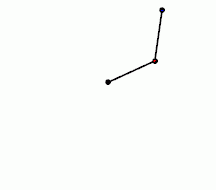Making a 12v Battery pack for a portable bluetooth speaker and I want to charge the batterypack via mini-usb or USB-C
-
Topics
-
Scronglus ·
Posted in Troubleshooting0 -
15
-
8
-
Gat Pelsinger ·
Posted in Linux, macOS and Everything Not-Windows5 -
JakubR8 ·
Posted in Storage Devices6 -
Shortboi ·
Posted in New Builds and Planning8 -
2
-
10
-
YamiYukiSenpai ·
Posted in Servers, NAS, and Home Lab4 -
JuicyMullet ·
Posted in CPUs, Motherboards, and Memory16
-




.thumb.jpg.ab6821c090888206ddcf98bb04736c47.jpg)











Create an account or sign in to comment
You need to be a member in order to leave a comment
Create an account
Sign up for a new account in our community. It's easy!
Register a new accountSign in
Already have an account? Sign in here.
Sign In Now